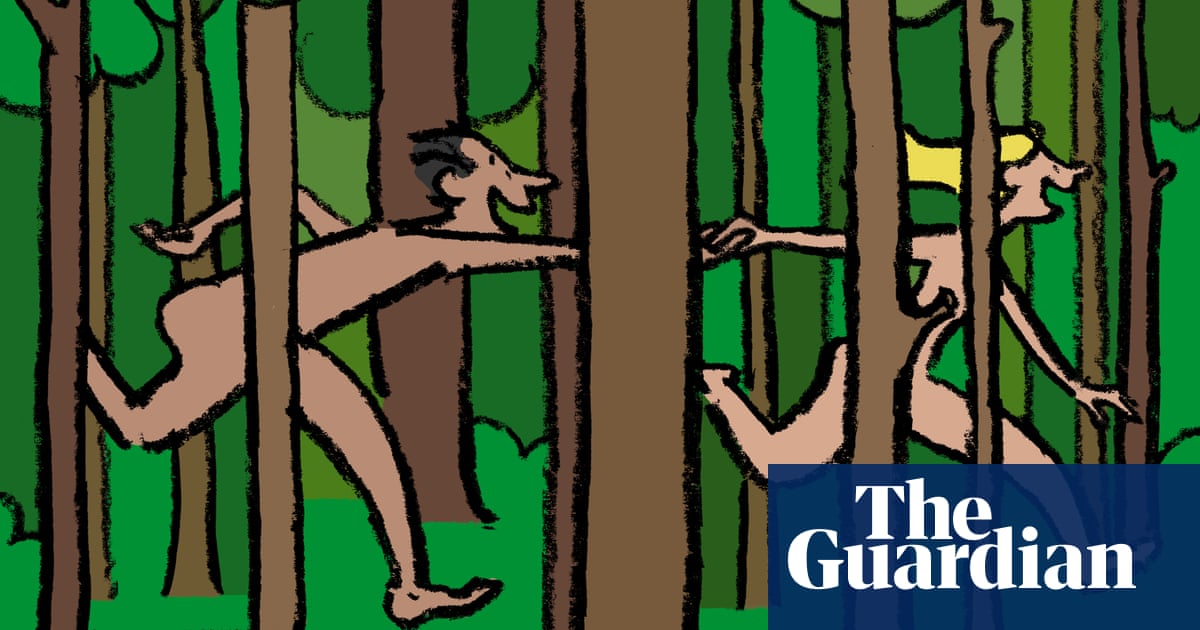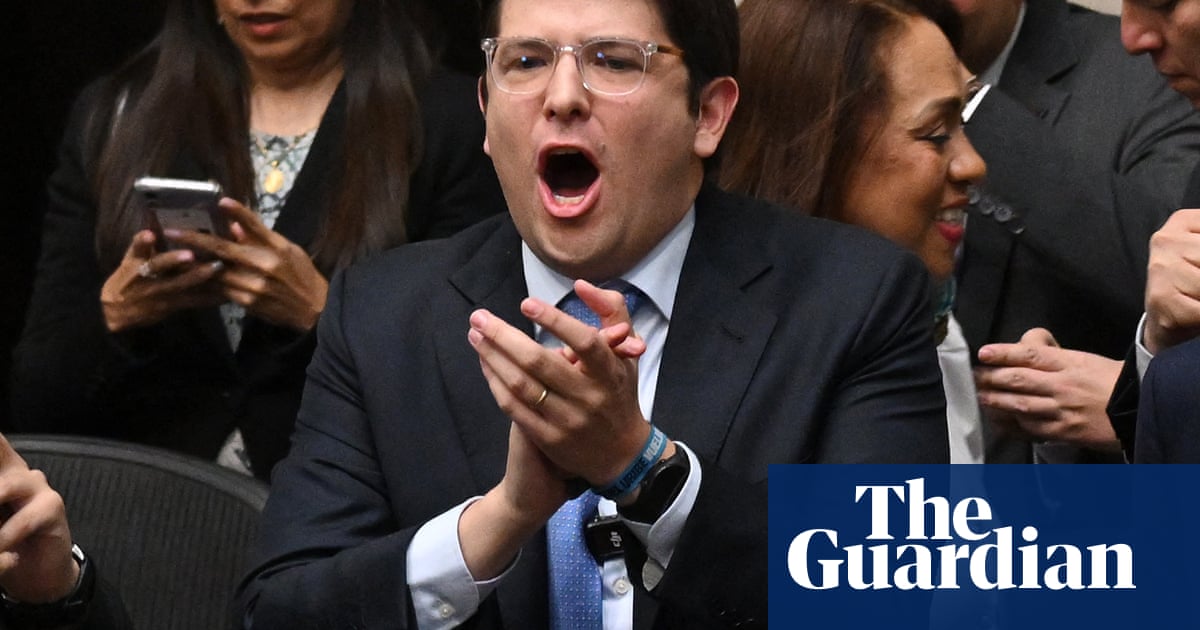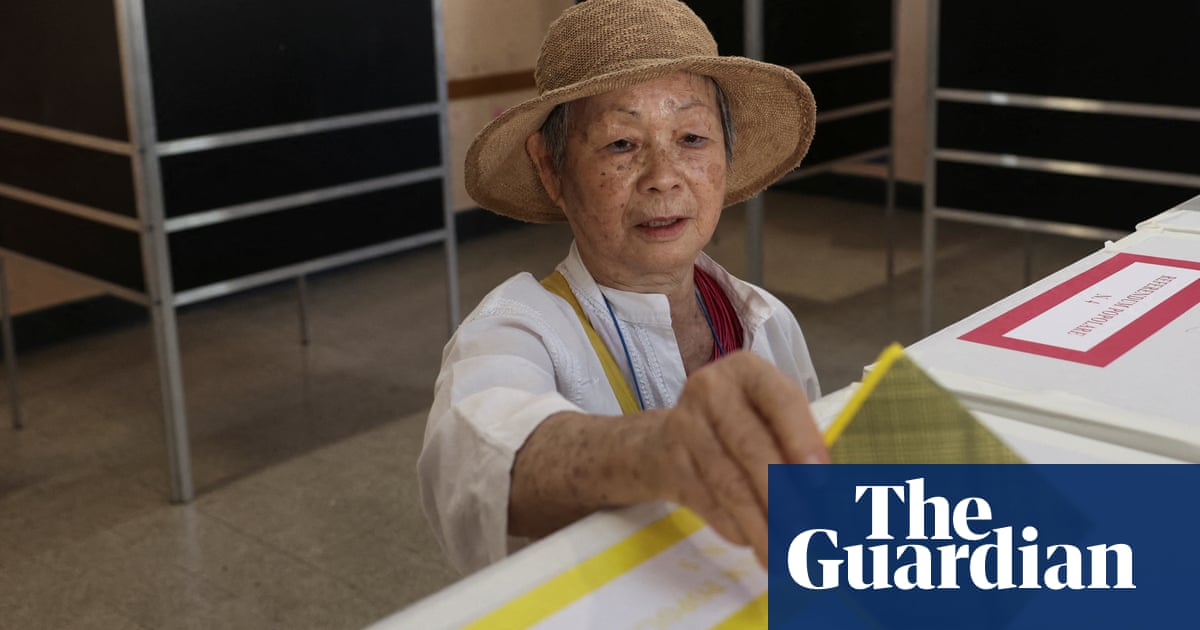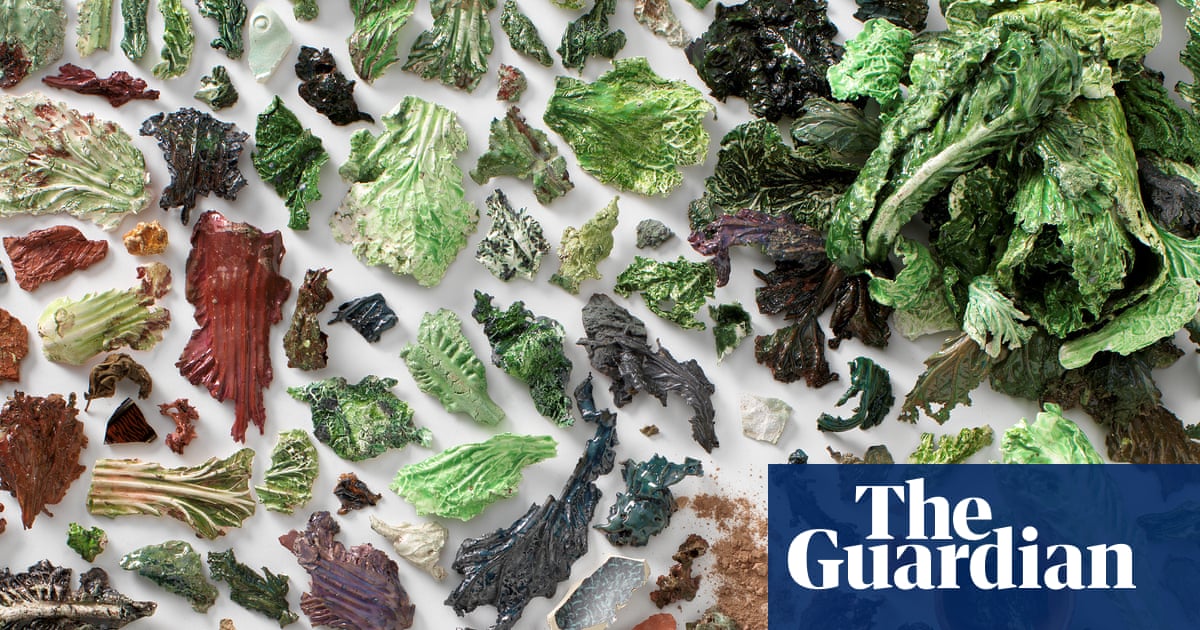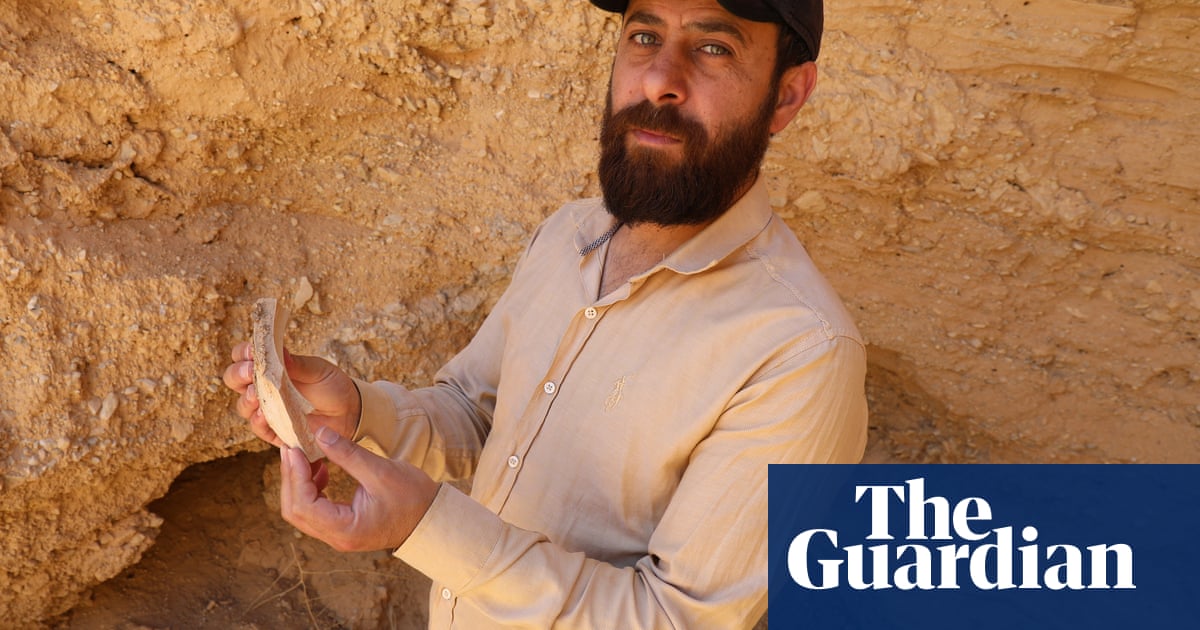Professor Paul Workman was 37 and already well established as a medical researcher when his mother, Ena, died of a rare bone cancer known as chordoma. About one in a million people are affected by the condition, which is untreatable.
“It was utterly frustrating,” said Workman, who later became head of the Centre for Cancer Drug Discovery and then chief executive of the Institute of Cancer Research, London. “Thirty-six years ago, there was little we could do to treat chordoma. There was little understanding of the disease and no drugs were available to help my mother.”
That grim state of affairs could soon be about to change, however. Workman and his colleagues, working as part of an international collaboration, recently pinpointed a key protein, known as brachyury, which they realised was crucial to the survival of chordoma cancer cells in a patient’s body.
The discovery caused great excitement among researchers because it suggested a route for attacking chordoma: block the protein brachyury and this would damage the cancer cells whose growth it was promoting. All that was needed was a drug that could effectively attack the protein.

The problem was the complex makeup of brachyury, which was considered to be drug-proof. However, in a paper published in Nature Communications last week, Workman – with colleagues in Oxford and North Carolina – revealed that, after studying brachyury in unsurpassed detail, they had pinpointed several sites on its surface which could be used as targets for specially designed drugs.
This breakthrough was achieved by using one of the world’s most powerful generators of X-rays: the Diamond Light Source synchrotron in Didcot, Oxfordshire.
As a result of this work, Workman’s team has already been able to isolate several promising compounds that are now being used to create potential treatments that could attack brachyury and destroy the protein. In this way, doctors may soon be able to tackle chordoma, a condition that has until now resisted efforts to combat its growth and spread.
“It is thrilling to realise that I am now helping to do something about a disease that killed my mother. It has taken considerable effort by a lot of scientists from centres on both sides of the Atlantic but it has been worth it,” said Workman.
Crucially, the techniques now being developed to tackle brachyury and chordoma have wider potential and could be used to improve treatments for other, more common, cancers, added Workman. “For a start, brachyury appears to be involved in the metastatic spread of other tumours, which means that drugs that block its activities could also help to obstruct the spread of other cancers,” he added.
Workman is the only child of John and Thomasina (Ena) Workman. His father worked in the steel industry, while his mother was active in various community projects in their home town, Workington, in Cumbria. “My father died first, of bowel cancer, many years before my mother succumbed to chordoma,” he said.
Ena Workman’s diagnosis was complicated by the fact that she had suffered severe back pain for much of her life: this could have led to her diagnosis – in which chordoma began as a tumour at the base of her spine – being missed in its early stages.

“Brachyury plays a role in the embryo in promoting the notochord, a precursor of the spine,” said Workman. “Then it is switched off after birth. However, in a very few cases it reappears, and when it does it can trigger chordoma, as was the case with my mother.”
Workman himself has not evaded the cancer diagnoses that affected his mother and father: in 2022, doctors told him he had prostate cancer.
“It helped that my cancer was localised, small volume, of intermediate risk and likely to have a favourable outcome. I’m well aware that many others have much more difficult news to take in,” said Workman, who was successfully treated with radiotherapy.
As for the types of drugs that might one day be used to treat chordoma, Workman says most hopes lie with a system called targeted protein degradation or TPD. This involves a process of co-opting a cell’s natural disposal system to remove the offending protein.
“One part of the drug will bind to the target protein, while the other part engages directly with cells’ waste disposal systems, which then degrades and flushes everything out of the cell,” said Workman. “We will use the body’s own defences to deal with brachyury.”
This progress towards the development of drugs to tackle chordoma has taken years and involved a host of different advanced technologies. Apart from the Diamond Light Source and the use of TPD techniques, a process known as crystallographic fragment screening played a crucial role in highlighting sites where drugs could best latch on to the brachyury protein. “It has allowed us to develop the best-fitting drugs that can fasten on to the protein’s surface,” Workman said.
However, Workman stressed that more research was still needed to perfect a drug that would be effective in treating chordoma. “We need to begin trials in chordoma cell lines first and then in chordoma models in animals before we start trials in humans. That could take five years to complete. Then, hopefully, we will finally be ready to tackle the challenge of chordoma.”

 3 months ago
73
3 months ago
73

